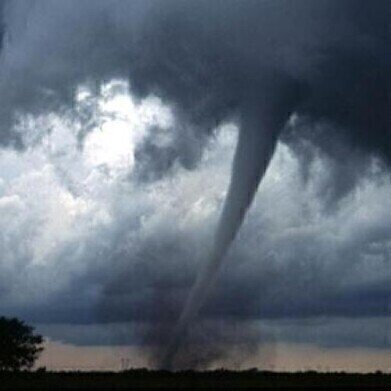Fuel for Thought
Will COP 27 Address Controversial Loss and Damage Compensation?
Nov 21 2022
This article is old. Click the link to read about the historical deal agreed at COP27.
Most conversations on the topic of climate change tend to focus on what major economies can change about their consumption or production. In such a context, funding is allocated in order to transform infrastructure and to ensure that investors are adequately compensated. For years, however, there has been no prospect of compensation on the basis of damage. This exclusion is indicative of a refusal to consider the responsibility that polluters might have for the destruction of infrastructure and valued areas in exposed geographies. What do the polluting economies owe at-risk economies?
It’s been a troubling question, raised again and again by delegates to COP since the beginning of the Conference in 1991 – that's thirty years ago! But this year, at COP27 in Sharm El Sheikh, Egypt, it’s finally been allocated time on the official agenda. This week, parties have been discussing the financial support that rich nations must provide to vulnerable countries which, despite their little contribution to global warming, are typically the ones that experience the worst consequences of climate change-fuelled calamities.
It’s called ‘loss and damage’ compensation, and it could have fascinating consequences for climate negotiations into the future. According to The United Nations Framework Convention on Climate Change (UNFCCC), the term refers to the economic, social, and cultural losses and damages caused by the consequences of climate change, including extreme weather, sea-level rise, rising temperatures, ocean acidification, glacial melting, ecosystem degradation, and desertification. The idea is that the culprits of climate change should compensate those countries on the frontline of climate breakdown for damage to their economies and cultural heritage.
Such conversations are likely to become more and more important. In a report published by the United Nations ahead of COP27, global temperatures are on track to exceed the Paris Agreement’s limit of 1.5°C, and even to exceed the 2°C mark by 2030. As a result, those features of the climate crisis which ‘loss and damage’ compensation would cover will only intensify in the years to come, racking up the bill.
For example, this September’s traumatic flooding in Pakistan left a third of the nation under water, killed almost 2,000 people, displaced millions and caused USD28 billion in damages. This was a manifestation of the climate crisis and yet, Pakistan contributes a puny 0.8% to the global carbon footprint.
With such events fresh in the minds of delegates, it’s reasonable to predict a renewed commitment to getting compensation in the Conference’s agreement - but success is by no means guaranteed. It’s not worth holding your breath.
Digital Edition
PIN 25.3 June/July
June 2024
Analytical Instrumentation - Recent Advances In Various Bench Scale Accelerated Oxidative Testing Methods For Fuels - Petrochemical Industry: Anton Paar Solutions Streamline Processes, Reduce H...
View all digital editions
Events
Jul 30 2024 Jakarta, Indonesia
Jul 30 2024 Jakarta, Indonesia
China Energy Summit & Exhibition
Jul 31 2024 Beijing, China
Jul 31 2024 Chengdu, China
Aug 05 2024 Moon Township, PA, USA



















